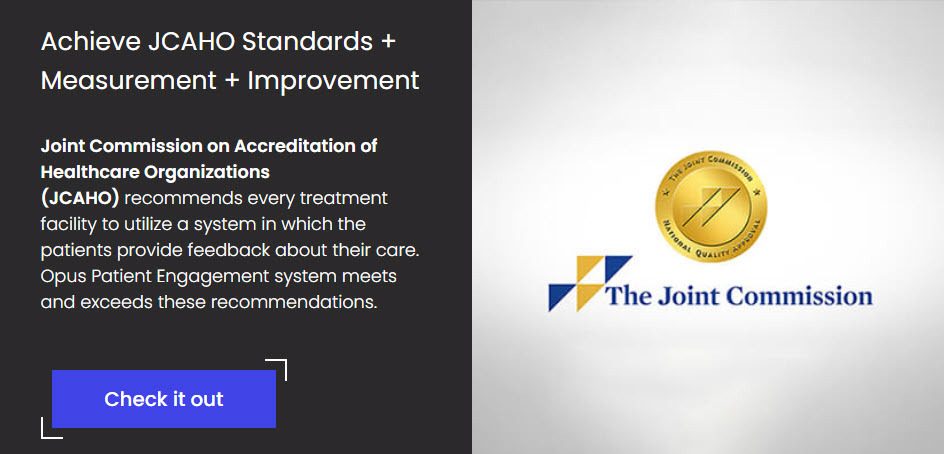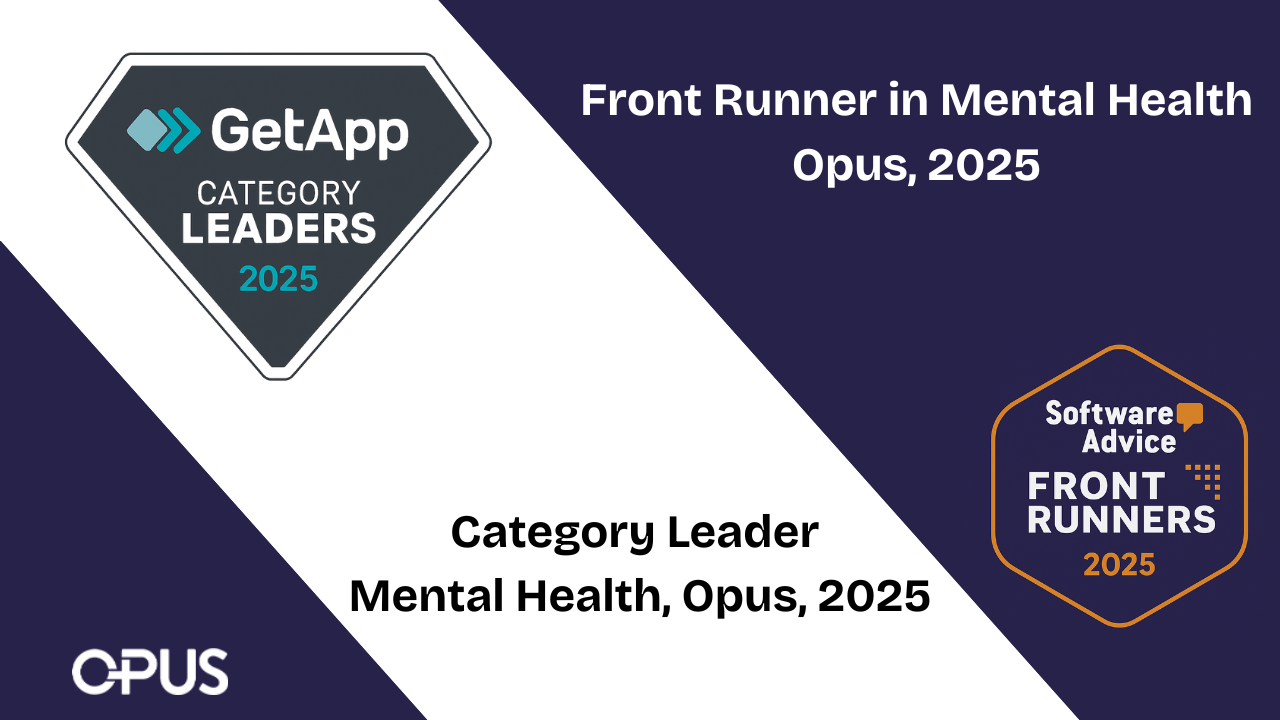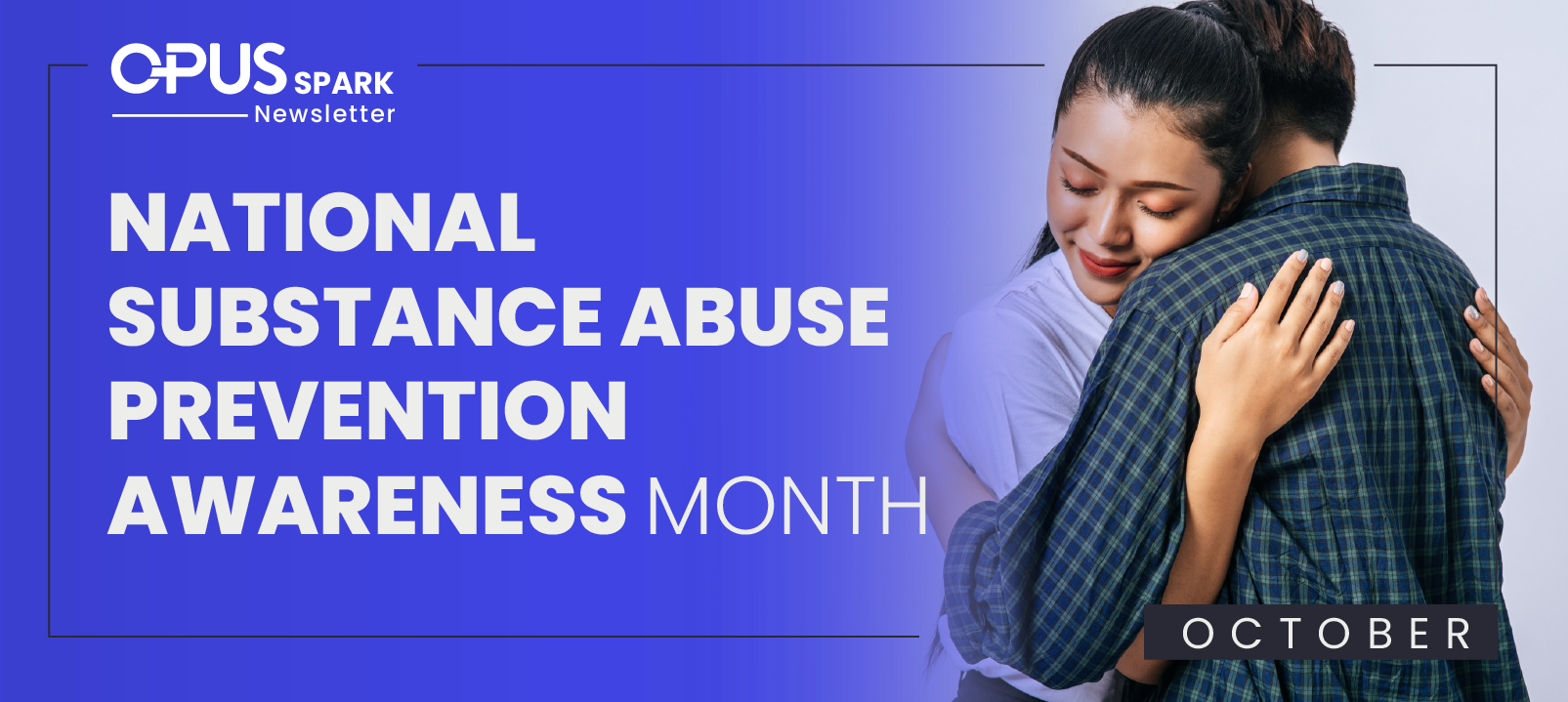A Clinician's Guide to Pharmacologic Management of the Agitated Behavioral Medicine Patient
Have you or any of your colleagues experienced patient violence or extreme agitation in your clinical setting
According to the American Journal of Managed Care, “Studies show violence against healthcare employees is more common than most people realize.” In fact, it is so common, many consider it to be part of their job. While some estimate 50% of health care clinicians are victims of violence at some point during their careers. Many incidences go unreported which makes accurate statistics almost impossible.
“The first step in managing an agitated patient is proactively recognizing impending signs of violence.”
As seasoned professionals working with behavioral health organizations, addiction treatment, and substance abuse disorder facilities, we know how common patient violence is exhibited and the effective solutions to help manage it. We also understand the importance of having a complete clinical solution.
Click here to see how to customize, assess and treat and monitor patient progress with the Outcomes Measurement Tool.
While patient violence may be unavoidable, there are interventions that have proven to be successful and promote safety. The first step in managing an agitated patient is recognizing impending signs of violence. A few common signs include an angry demeanor, loud and aggressive speech, clenched fists, and increased motor activity like pacing.
“Physical restraints should be avoided, when possible.”
From our experience, the use of physical restraints can be detrimental to not only the patients but also the staff and should be used, whenever possible, as a last resort. Our approach is to initially manage the aggressive patient with verbal de-escalation, acknowledging the patient’s apparent agitated state and offering words of support. But sometimes more than a calm voice and soothing words are necessary and pharmacological intervention is required.
Best Practices in the Pharmacologic Management of the Agitated Patient
Determining which class of medication is best to control a patient’s immediate aggression depends on the suspected cause of the agitation. If a patient with a pre-existing psychiatric disorder is violent and immediate sedation is required, a typical first-generation antipsychotic such as droperidol is preferred but a second-generation antipsychotic can be used as an alternative. If patients are agitated from drug intoxication or alcohol withdrawal or if the cause of the agitation is unknown, a benzodiazepine such as midazolam is recommended. If benzodiazepines or antipsychotics have failed and the patient is still acutely agitated, ketamine can be administered intravenously since the onset of action is only one to two minutes. This agent is typically used for procedural sedation and therefore, clinicians should be ready to manage the patient’s airway if it should become compromised. Additionally, ketamine is known to exacerbate schizophrenia and should not be used in patients with this underlying condition.
Once you have pinpointed the drug of choice, we need to consider what route we can use to deliver it. Can you safely place an IV or do you need to give the medication as an intramuscular injection? If the first dose is ineffective or if the patient has an undesired reaction such as heightened agitation, the general rule is to switch to a different class of medication.
As with any medication choice, always consider the time to onset of action, half-life, and side effect profiles. Consider obtaining an electrocardiogram and applying cardiac monitoring when safe to do so, as many antipsychotic medications can lead to QTc prolongation.
“Conducting an assessment for the possible medical causes of the agitation is the recommended protocol in order to differentiate the physiologic causes of aggression from psychiatric ones.”
Once the patient is stabilized, conducting an assessment for the possible medical causes of the agitation is the recommended protocol in order to differentiate the physiologic causes of aggression from psychiatric ones.
Four Common Medical Causes of Patient Agitation and Aggression
Here are some common medical causes of patient aggression and agitation:
- Hypoglycemia and hypoxia are reversible causes of altered mentation. A fingerstick glucose and pulse oximeter should be checked as soon as it is safe.
- Infectious and neurologic causes should also be ruled out. Imaging studies and bloodwork can rule out intracerebral hemorrhage, poisoning, and metabolic abnormalities.
- Urinary tract infection and pneumonia are some of the most common physical conditions responsible for altered behavior, especially in older patients.
- Drug-induced interactions may be the cause of patient agitation or confusion. All patient medications should be reviewed to determine if the agitation if drug- induced.
Additional Effective Solutions for Clinicians
In the busy treatment day, it can be easy to miss small signs of crisis in a patient. Our custom, patient engagement assessments give your patients a place to record what is really going on, then delivers the results right to your care team. These tools allow your team to prevent a crisis before it happens, modify treatment approaches, and individualize patient care.
We understand the importance of having a complete solution empowering your clinicians to customize, assess and treat and monitor patient progress with the Opus Outcomes Measurement Tool.
Our fully customizable solutions have been proven to help.
Click HERE to learn more.







